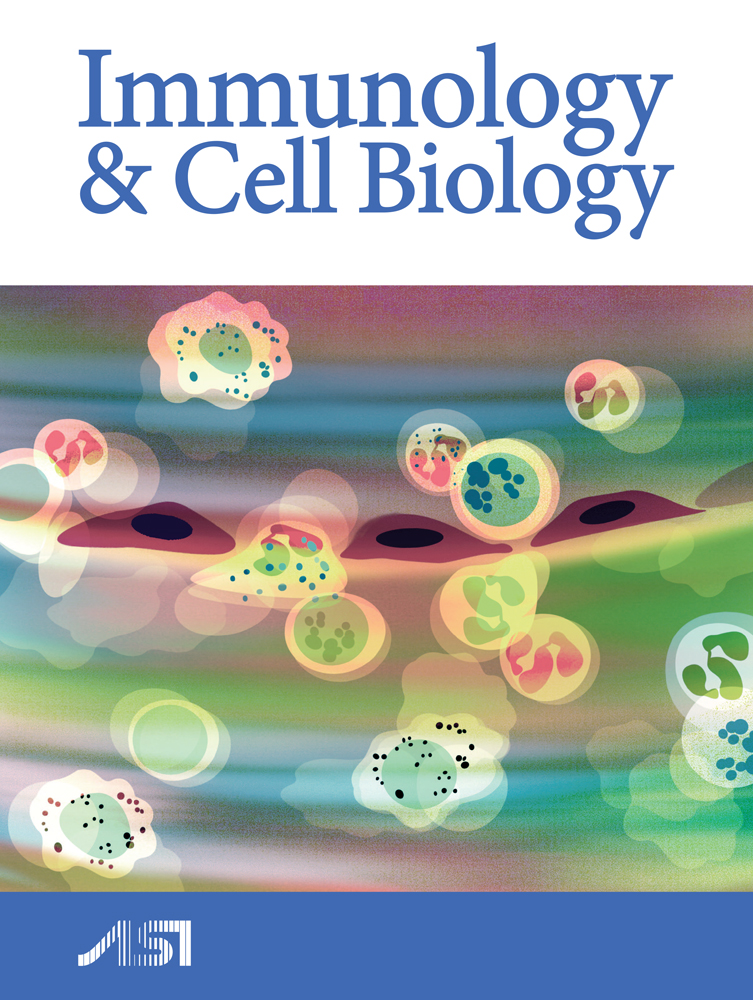Altered calcium signal transduction in B-1 malignant cells
Summary
Lymphocyte proliferation is guided by receptor-mediated signal transduction pathways that dictate the immunological response/clonality of that cell. We have previously reported that NZB-derived malignant B-1 cells, which serve as a murine model for human chronic lymphocytic leukaemia, demonstrate altered expression of surface IgM and CD45 signalling molecules, and a failure to proliferate following membrane IgM stimulation. To examine receptor-mediated cytosolic calcium (Ca1) signalling in B cell leukaemia, we studied IgM-induced Ca, responses in malignant B-1 cells and B cells from non-leukaemic mice. Basal Ca1 was slightly lower in malignant B-l cells than in non-leukaemic cells. Anti-IgM stimulation induced a sustained increase in Ca1 to levels 1.3-fold greater than basal Ca1 in conventional B cells. In contrast, leukaemic B-1 cells demonstrated a sharp but transient rise in Ca1 followed by a gradual increase to levels 2.3-fold greater than basal [Ca]1 Ca influx from extracellular sources contributed to the early and late Ca1 signal in both sets of cells. Pre-incubation (2–30 min) with anti-CD45 had no effect on basal Ca, or the anti-IgM Ca1 signal in B cells, but reduced the Ca1 transient in malignant B-1 cells. Additional experiments characterized the effects of phosphorylation/dephosphorylation events on the Ca1 profile following anti-IgM stimulation. Protein tyrosine kinase inhibitors decreased the anti-IgM-induced Ca1 transient in malignant B-1 cells by 80%, but only moderately affected 40% the Ca1 response in non-leukaemic B cells. Protein tyrosine phosphatase inhibitors and protein kinase C (PKC) activators attenuated the Ca1 response to the same degree in normal and leukaemic B cells. These results show that Ca1 signalling differs widely between non-malignant B cells and malignant B-1 cells, and that tyrosine phosphorylation and CD45 modulation of IgM signalling are involved in the altered Ca1 responses in malignant B-1 cells.





